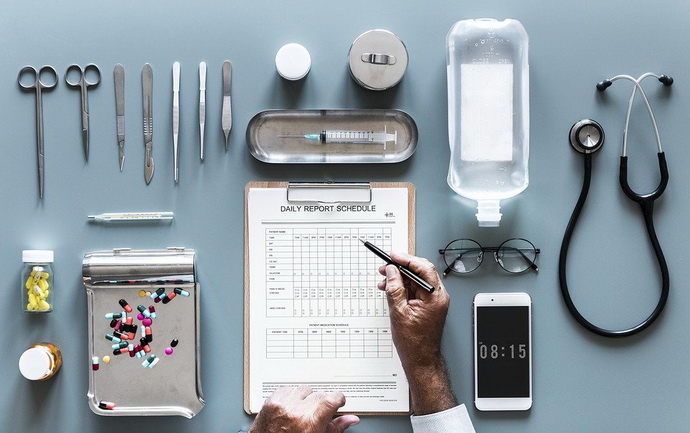Who pays for treatment? Experience of the USA, Great Britain, France and Georgia Is the healthcare financing system in Ukraine really worse than in other countries? Where does the money come from
Who pays for treatment? Experience of the USA, Great Britain, France and Georgia
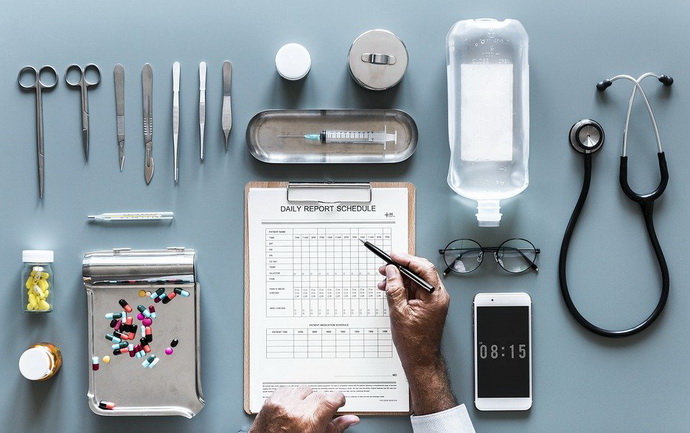
Is the healthcare financing system in Ukraine really worse than in other countries? Where does the money to finance medicine come from?
Let's take a look at the health care financing systems in the UK, USA, France and Georgia and analyze their effectiveness.
These countries were not chosen randomly. Very often, their medical systems are set as an example and compared with them future Ukrainian medicine.
How much money is spent on healthcare?
Medical expenses are:
- state – expenses from the state budget;
- private – expenses of individuals and legal entities purchasing insurance policies, as well as self-payment of medical services by the population.
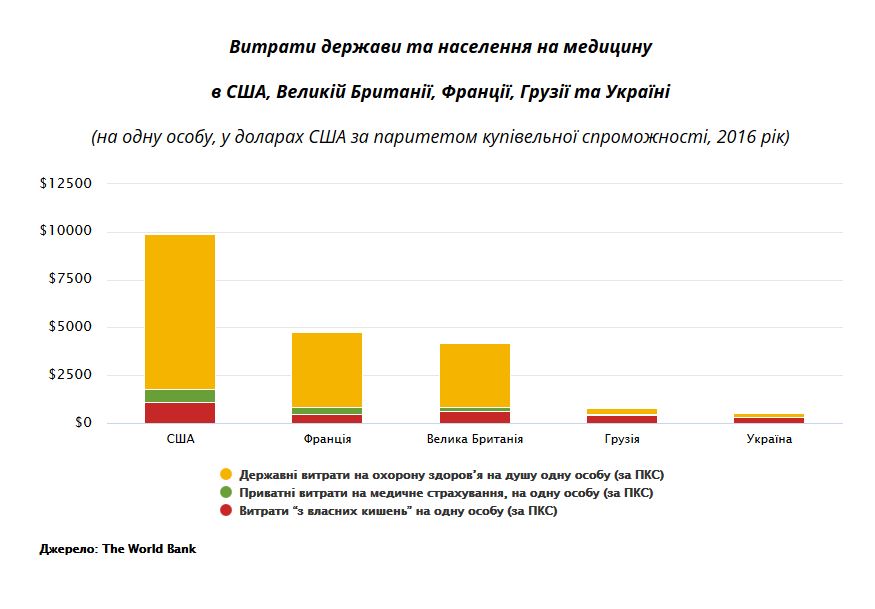
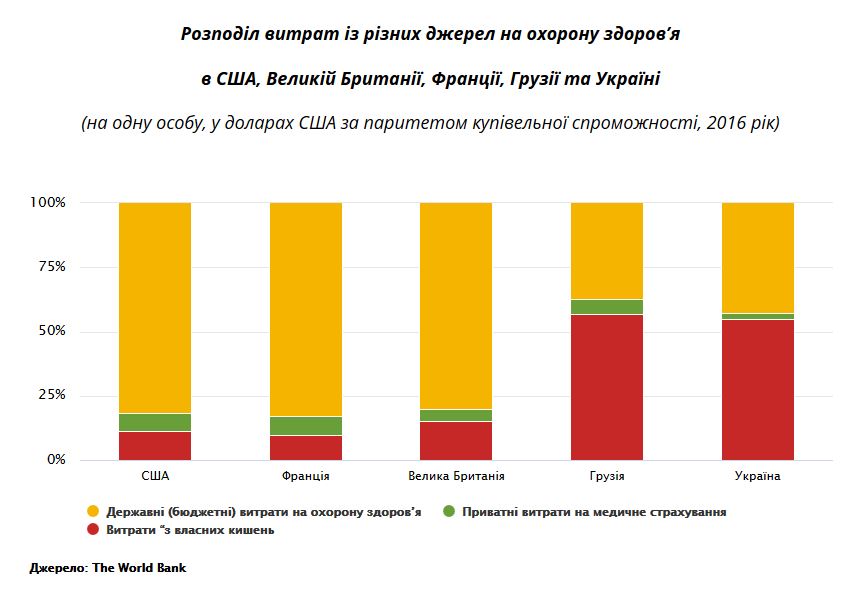
In the graph, non-state expenditures are divided into the own expenses of patients, the expenses of the population and legal entities for the purchase of medical insurance.
The highest percentage of healthcare spending in the US (about 40% of total spending) is public funds, despite the fact that private insurance is also very common in this country.
Self-payment of medical services is most common in Ukraine and Georgia. Although officially medical care in Ukraine is free, in practice, most of the expenses are paid by the population out of their own pockets.
United Kingdom
For citizens of the UK and countries of the European Economic Area, most medical services are free.
It is with the medical system of Great Britain that the Ministry of Health of Ukraine takes an example when reforming the medical sphere.
The NHS (National Health Service) bears the bulk of the country's health financing costs. 18.9% of funds are allocated from the budget to finance medicine.
Persons who do not have health insurance or are not residents pay for treatment at the rate of 150% of the prices set by the NHS. Emigrants and tourists from other countries outside the European Union receive free only emergency medical care and treatment for certain infectious diseases.
At the legislative level, the list of medical services financed by the NHS is not clearly defined, so it may change after the calculation of cost-effectiveness.
The UK NHS fully funds:
- screenings and vaccinations on schedule
- outpatient and inpatient treatment
- therapist consultations
- emergency dental care
- some ophthalmic treatments
- care for the disabled
- psychiatric treatment
- palliative care
- rehabilitation care and physical therapy (for example, treatment and rehabilitation after a stroke)
NHS partially pays for the following services:
- dental
- ophthalmic
- immunization for travel abroad
- prescription drugs.
Patients pay for these services on their own. But some patients are entitled to completely free medical care. These include:
- pregnant women
- low-income
- people aged (over 60 years old)
- children under 16 years old (and up to 18 years old, subject to full-time education)
- patients with certain chronic diseases.
If needed, patients can purchase a certificate for 3 months or a year to purchase prescription drugs at no additional cost.
Private health insurance has the added benefit of getting care faster (as UK clinics and hospitals tend to have long waiting lists) and dental reimbursement. Private insurance accounts for 9.7% of healthcare spending.
Self-payment of medical services by the population of the UK is not very common and accounts for 15% of healthcare costs. In most cases, patients pay for a medical examination at employment, medical insurance for traveling abroad, examination before obtaining an insurance policy.
USA
Although the United States has the highest public spending on health care compared to the countries covered in this article, as of 2017, 67.2% of the population has private health insurance. The rest of the country's citizens receive basic treatment financed by the state (mostly low-income patients).
Public health insurance in the United States includes two main programs – Medicare and Medicaid.
Medicare covers the cost of care for patients over 65 years of age, patients with disabilities, and patients with end-stage renal disease. In particular, the stay of such patients in the hospital, hospice care (in some cases at home), etc.
Medicaid covers diagnostics, treatment, disability care, physical therapy, and dental care for low-income people, pregnant women, the disabled, the elderly, and more.
However, these programs do not include all medical services, so patients have to pay extra for some of them on their own.
Absolutely all medical services are free only for hospice patients and women who are being treated for cervical and breast cancer.
For children, people with disabilities or chronic diseases, civil servants, the military and many other categories of citizens, there are separate state health insurance programs.
Minus Health Systems in the United States lies in the fact that low-income and unemployed people who cannot afford to pay private insurance, have no opportunity to receive medical care or receive it only in cheap state medical institutions.
Thanks to the adoption of an affordable health care law (Affordable Care Act, abbreviated by Obamacare), regulating private funding of medicine (which is 18.2% of total expenses), the health and health insurance system has become more accessible to the public.
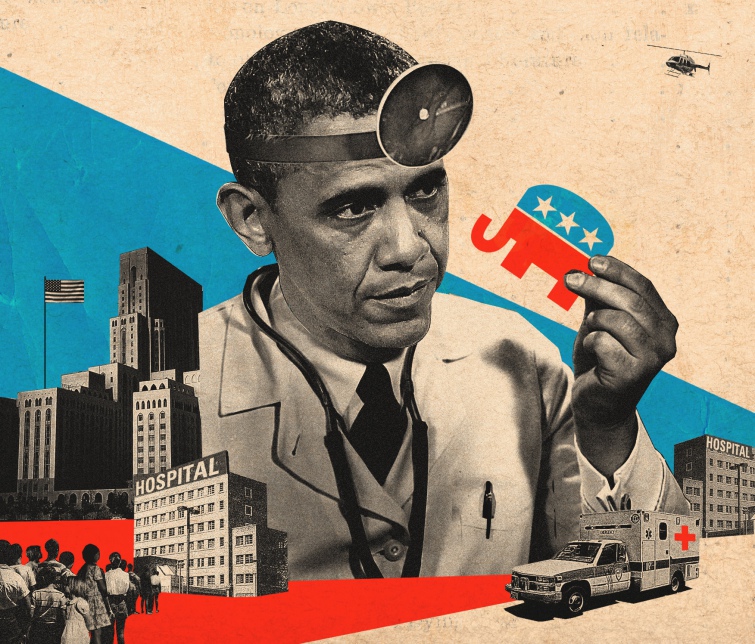
According to this law, in particular, the child may remain in the insurance policies of the parents up to 26 years (previously until 18-21), and insurance companies should up to 85% of contributions to pay for medical services.
Since the adoption of the law it was planned to create networks of medical institutions, insurance companies can put a condition for the possibility of using the policy only in these networks.
The law on accessible health care has caused a lot of disputes. Even today, some parliamentary fractions advocate the abolition of the law.
If a person can not afford to pay for private insurance and does not fall into the category of those who have the state, he pays for medical services independently (11.1% of total expenses).
France
Principles of the medical system of France are similar to the British health model. The difference lies only in the list of services that covers insurance.
In France, the state fully finances vaccination, the screening of the straight and colon cancer, as well as the diagnosis of formations in the mammary gland. Preventive services are compensated in part.
Ophthalmologic and dental assistance is practically not funded from the state budget, but may be included in the list of private insurance services, which is 7.3% of total expenditures.
Independent payment of medical services by patients is 9.8% of total medicine expenses.
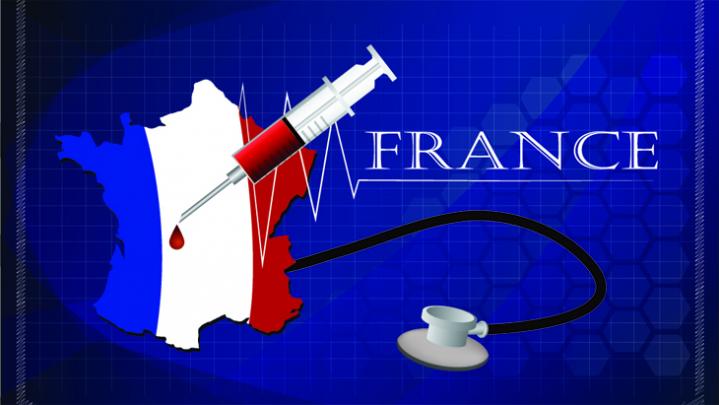
In France, there are three possible methods of payment for medical services:
1. Joint payment. In addition to paying services from the state budget or insurance company, the patient pays for a fixed amount for medical care. This model of the Ukrainian government wanted to take as the basis of reform in our country, but the Verkhovna Rada did not support this decision.
2. Joint insurance. Distribution of a certain percentage of payment for medical care between the state or the insurance company and the patient.
3. Installing the account to the patient to pay the balance of the amount. The patient pays for services only for services that does not cover government financing or private insurance.
Georgia
Georgia and Ukraine are very much in their socio-economic text, so we consider not only the state of the health system today, but also methods that have been used when reforming it.
The reform of medicine in Georgia occurred in several stages.
After independence and in Georgia, and in Ukraine, the Soviet health model of the healthcare was left in Ukraine. According to it, funds from the state budget are not allocated for the number of services provided, but according to the total number of beds and the area of the medical institution. At the same time, if not all beds or a doctor have little patients, taxpayers are still paid.
In 1995-2004, a scheme of social health insurance was operating in Georgia. But she did not have much success, because due to bad financing, people did not have access to quality health care.
From 2004 to 2012, when Mikhail Saakashvili was president, the health system moved to the level of trade and market relations – the government control was practically not practically, and some hospitals were privatized.
In 2008 – 2012, most of the funds from the state budget were allocated to private insurance companies for the treatment of low-income citizens. But from 2010 the government offered insurance companies to cover the cost of medical care and other categories of the population, in particular, students, children under 5 years old, pensioners, people with disabilities.
Companies who won the tender provided the right to maintain patients of these categories in 25 hospital districts. For this, insurance companies needed to pay for the cost of repair and equipment of these medical institutions. This led to the emergence of large medical corporations, including medical facilities and insurance companies.
After the government's change in 2013, medical care was fully funded from the state budget.
Today in Georgia there is a program of universal access to health services (Universal Health Care Program), which is funded by the state.
This program includes the following services:
- emergency medical care
- Maintenance of pregnancy and childbirth
- Diagnostic surveys (but with a patient's surcharge in the amount of 20-30%)
- Treatment of oncological diseases
- Planned operations
- Some medicines
For children under 5 years, pensioners, disabled and low-income available insurance package with fully free medical care.
As in Ukraine, the financing of primary health care in Georgia is carried out according to the principle "Money goes after the patient." A patient who has state insurance itself chooses a medical institution in which it will be treated, and pays for the treatment of the Agency of Social Services.
However, the medical reform in Georgia did not solve one of the main problems: most of the people (55.6%) still pay for medical services independently. Private insurance costs are 5.6%.
Most of the funds go to pay for medicines, since the state finances only 4 drugs (for the treatment of endocrine, cardiovascular and chronic obstructive pulmonary diseases).
In many countries, the financing of the medical system is constantly being improved. An increase in funding is necessary due to the aging of the population, the development of technologies in the field of medicine and the emergence of new expensive drugs. In economically developed countries, prevention is of great importance, since the disease is easier to prevent than to cure.

